“So then it was not you who sent me here, but God.” – Gen. 45:8
We can’t see the whole picture until we have all the pieces and discern how they fit together. My dad loves doing puzzles, and occasionally the urge reaches through my genetics and grabs me, too. Then we break out a puzzle, reveal the pieces, create the border, and fill in the middle. But some puzzles don’t show you the whole picture – you have to put it together blindly until the picture is revealed. Read more

 As we enter the new year together, it’s Time to Grow! As disciples, as a church, and as the Kingdom of God, we are called to grow again and again. How do we grow deeper in our relationship with God? How do we grow stronger as a church body? How do we grow wider in our impact on our community? Our Winter preaching series will look at these and other questions of growth by looking at Jesus’ parables in the gospels. So whether it is fig trees or wheat stalks, lost sons or talented workers, the Bible tells us, “It’s Time to Grow!”
As we enter the new year together, it’s Time to Grow! As disciples, as a church, and as the Kingdom of God, we are called to grow again and again. How do we grow deeper in our relationship with God? How do we grow stronger as a church body? How do we grow wider in our impact on our community? Our Winter preaching series will look at these and other questions of growth by looking at Jesus’ parables in the gospels. So whether it is fig trees or wheat stalks, lost sons or talented workers, the Bible tells us, “It’s Time to Grow!” This year, we have been challenged to read the bible through from cover to cover together. We’re using the chronological reading plan, meaning that we will read the passages as they happen in time. This means that while we are reading about the prophets stories, we will also be reading their writings. Putting the stories in their historical context gives a slightly different view of the bible Story.
This year, we have been challenged to read the bible through from cover to cover together. We’re using the chronological reading plan, meaning that we will read the passages as they happen in time. This means that while we are reading about the prophets stories, we will also be reading their writings. Putting the stories in their historical context gives a slightly different view of the bible Story.